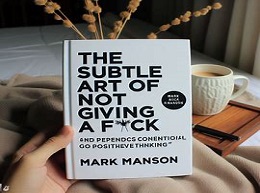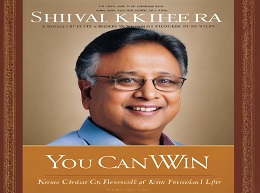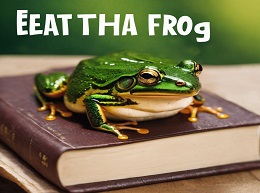Mindfulness in Plain English

"Mindfulness in Plain English" is a book written by Bhante Henepola Gunaratana, a Sri Lankan Buddhist monk. First published in 1994, the book serves as a practical guide to mindfulness meditation, offering clear instructions and insights into the practice. Here's a summary:
Key Themes:
-
Introduction to Mindfulness:
- The book introduces the concept of mindfulness and its relevance to daily life. Mindfulness involves paying attention to the present moment with openness, curiosity, and acceptance.
-
Mindfulness Meditation Techniques:
- Practical meditation techniques are presented, including guidance on posture, breathing, and the cultivation of mindfulness in various activities.
-
Understanding the Mind:
- Bhante Gunaratana explores the nature of the mind and the role of mindfulness in gaining insight into one's thoughts, emotions, and patterns of behavior.
-
Obstacles and Challenges:
- The book addresses common obstacles and challenges encountered in meditation and provides guidance on how to overcome them.
Key Concepts:
-
Vipassana Meditation:
- "Mindfulness in Plain English" focuses on Vipassana meditation, a form of mindfulness meditation that involves observing bodily sensations, thoughts, and emotions with awareness.
-
Impermanence and Non-Self:
- The book delves into Buddhist concepts such as impermanence (the transient nature of all things) and non-self (the absence of a permanent, unchanging self).
-
The Role of Breath:
- Breath awareness is a central component of the mindfulness meditation techniques presented in the book. The breath is used as a focal point for cultivating mindfulness and concentration.
-
Mindful Living:
- Mindfulness is not limited to formal meditation but is extended to daily activities. The book encourages the integration of mindfulness into everyday life.
Impact:
-
Widespread Influence:
- "Mindfulness in Plain English" has gained popularity and has been widely read by individuals interested in mindfulness and meditation, regardless of their spiritual or religious background.
-
Use in Meditation Retreats:
- The book is often recommended and used in meditation retreats, providing practical guidance to participants in developing and deepening their meditation practice.
-
Accessible Language:
- Bhante Gunaratana's writing style is accessible and straightforward, making the principles of mindfulness and meditation accessible to a broad audience.
-
Cross-Cultural Appeal:
- The book has appealed to individuals from various cultural and religious backgrounds, as it emphasizes universal principles of mindfulness and meditation.
Practical Application:
-
Step-by-Step Guidance:
- The book offers step-by-step guidance on mindfulness meditation, making it accessible for beginners and providing insights for experienced practitioners.
-
Integration into Daily Life:
- Mindfulness is not presented as a separate practice but as something that can be integrated into various aspects of daily life.
-
Mindfulness of Breath:
- The breath is a primary focus in the meditation techniques, and readers are guided on how to use breath awareness for cultivating mindfulness.
-
Cultivation of Equanimity:
- The book discusses the development of equanimity—the ability to remain balanced and undisturbed by the ups and downs of life—as a result of mindfulness practice.
"Mindfulness in Plain English" stands out for its practical approach to mindfulness meditation, making it accessible for readers at different levels of experience. It remains a widely recommended resource for those interested in exploring mindfulness and meditation as tools for personal development and well-being.













